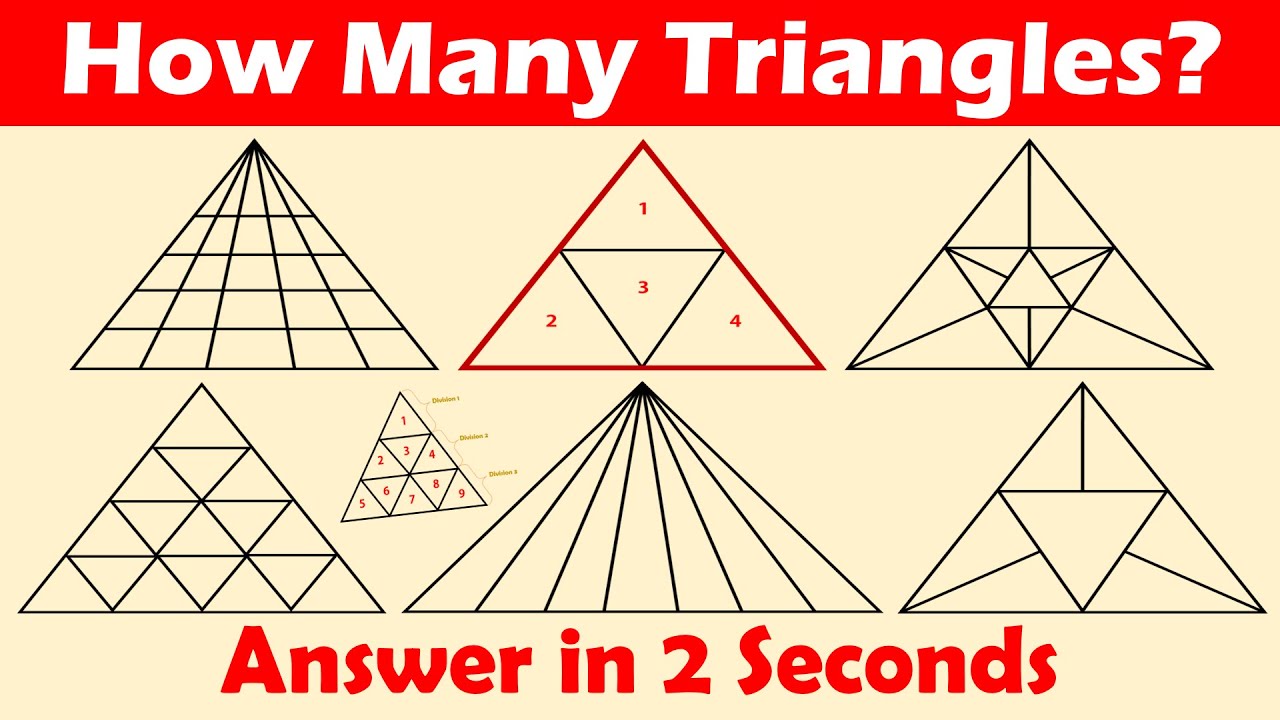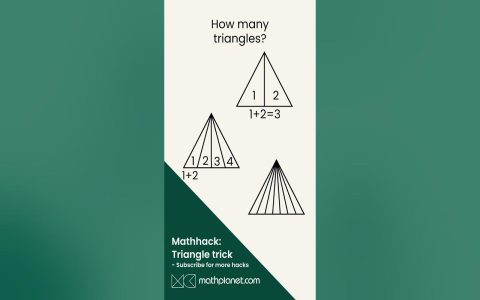Mastering triangle counting requires systematic approaches. Here are 5 effective techniques:
1. Layer By Layer (Single Vertex)
Identify a common vertex point. Count triangles formed in successive layers outward.
- Single Point: Often the apex. Use formula n(n+1)/2, where `n` is max triangles along the base line.
2. Base Line Segmentation
For triangles sharing a common base line, count distinct apex points.

- Formula: If there are `m` points on the base line and `n` apex points, total triangles = mC2 n (choosing 2 base points).
3. Intersecting Lines (Two Sets)
When two sets of lines intersect (e.g., horizontal & vertical):
- Triangles = Combinations of choosing 3 lines total (1 from first set + 2 from second OR 2 from first set + 1 from second).
4. Overlapping Patterns
Break complex figures into non-overlapping simple shapes. Use symmetry to avoid double-counting.
- Key: Identify smallest unit triangles and count systematically (rows or diagonals).
5. Combinatorics for Points
For figures defined solely by points (vertices), with no three collinear:
- Total Triangles = nC3, where `n` is total points.
- If some points are collinear, subtract invalid combinations kC3 for each collinear set of `k` points.
Practice identifying these patterns for faster, accurate counts.












